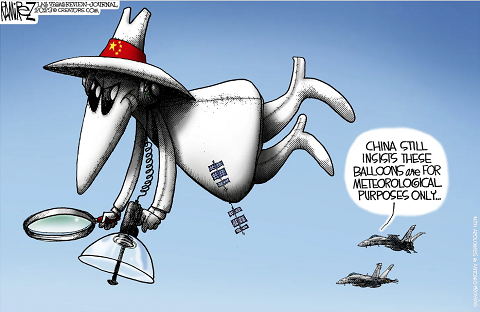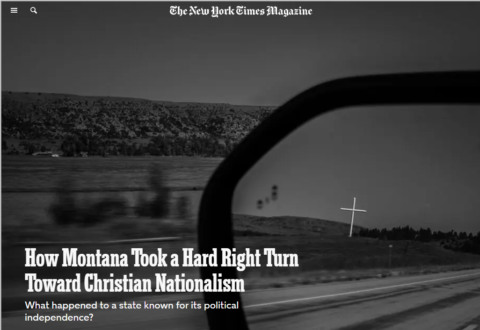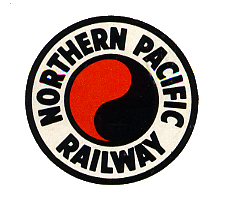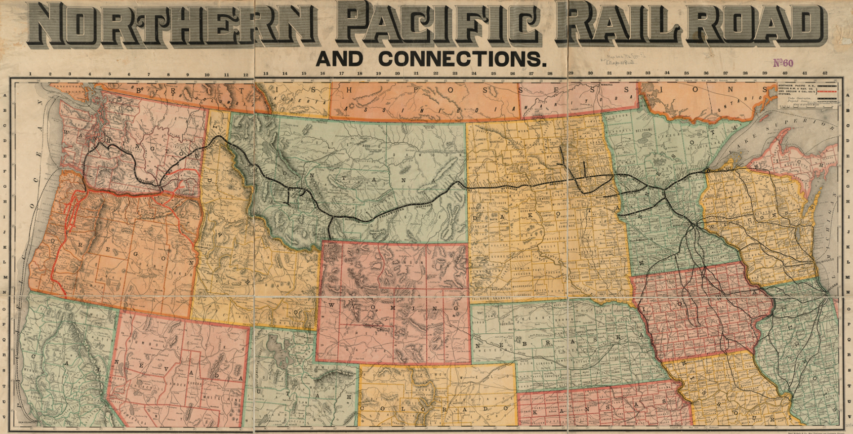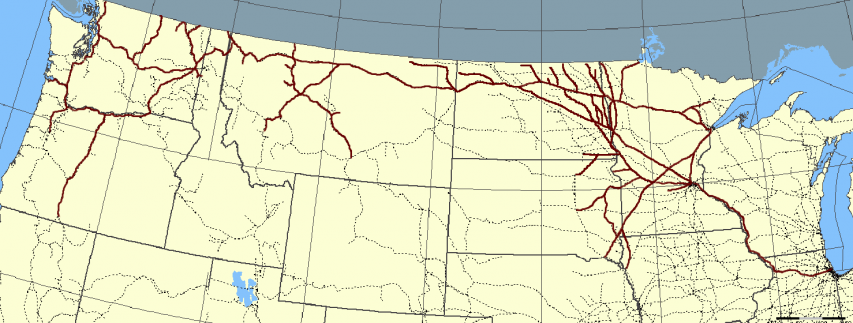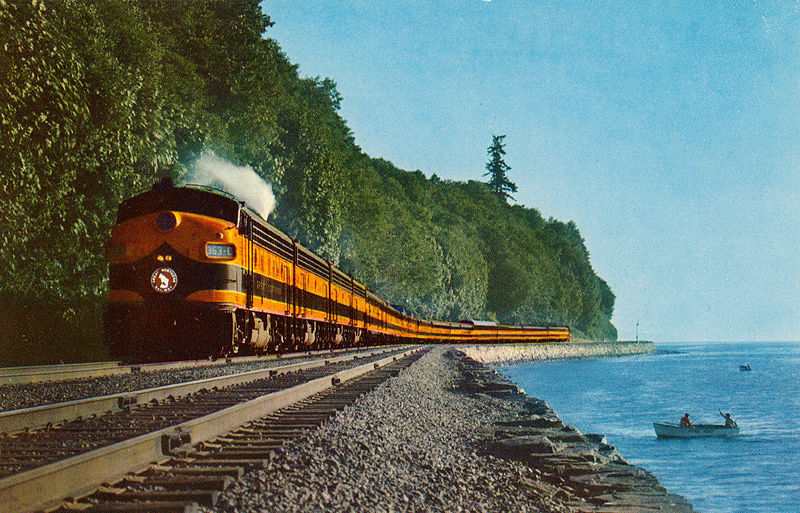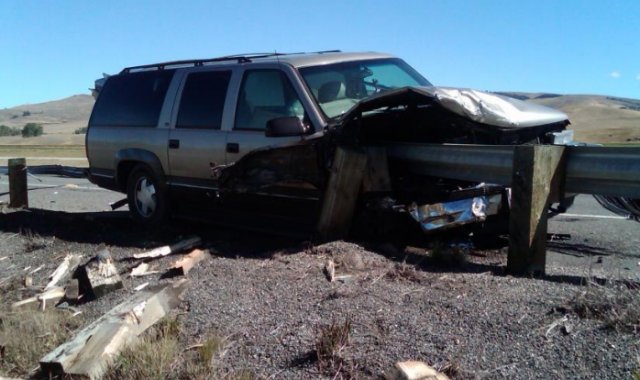On the social media platform formerly known as Twitter, John Ringo explains why the US doesn’t exploit its own vast reserves of “rare metals”:
I love every single time someone goes ‘CHINA HAS A LOCK ON RARE METALS! WE NEED TO ALLY WITH COUNTRY X TO GET RARE METALS! WE NEED RARE METALS!’
The US has huge deposits of pretty much everything we need. Lithium? Got it. Neodymium? Got it. Silver? Spades. Montana’s practically made of it.
The reason we don’t mine it here is the stupid ways our laws are written and allowing the Chinese to play us.
There’s an area in TX that has as much neodymium as the Chinese deposits that supply 98% of the world’s neodymium. (Critical material in rare earth magnets which are in turn critical in … so many things. Drones. Electric cars. Etc.)
There’s even a registered mine. Which was open.
Why is it closed?
The Chinese drop the prices below production cost (dumping) every time they open. Then jack the price and play political games with it when it closes.
There’s a silver mine in Montana (critical in modern solar) which has been trying to open for FIFTEEN YEARS.
Why can’t it open?
Tied up in environmental lawsuits because Congress won’t amend the EPA act that allows anyone to sue for any reason whatsoever and damn having mining or manufacturing WE DON’T NEED THAT WE NEED TO SAVE THE WORLD!
AND SLAVA UKRAINE YOU MAGA BASTARDS! TRUMP IS PUTIN’S COCK HOLSTER! WE NEED TO MANUFACTURE MORE WEAPONS TO SEND TO UKRAINE BUT ONLY IN A PERFECTLY ENVIRONMENTAL FASHION!
‘Environmental’ emphasis on the ‘mental’.
Autarchy is the idea of a country neither importing nor exporting. Just keep everything in the country. Ourselves alone.
A few have tried it from time to time. India did at one point.
Nobody can do it. There’s ‘something’ that you need from outside.
Except the US. We more or less need some tropical stuff. Like coffee, tea, sugar. Palm oil. (Super important in soap.)
But we can, in reality, even dispense with tree rubber. We can make it all from artificial.
Which comes from oil.
And we have enough oil. Thank a fracker. We’ve got enough oil in Southwest Texas to supply the WORLD for a thousand years.
(Touch expensive compared to Persian Gulf. But the price is constantly coming down.)
All we need to do is change laws, and we can almost go it without any other country. Without import or export.
I’m not suggesting we do.
But I am suggesting we dedicate some serious attention to things like China manipulating trade to ensure they have a lock on rare metals.
That we prioritize internal production.
That we decouple critical issues from other countries.
Cause the way the world is going, we’re reaching a point we’re gonna have to go it alone and if we have allies and trade partners, I’d suggest they be in the Western Hemisphere.
Cause those fuckers cross the pond be crazy.
Fifteen years ago, Tim Worstall explained why China’s rare earth monopoly won’t stand up in the long run.


